 September 1, 2018 – I wrote this three years ago, seems like yesterday. My blood sugar and A1C are significantly better than they were back then. My blood pressure (without medicine) is now under control. Not sure about recent cholesterol since I stopped taking medicine for that. I have an appointment with Dr.Valdes to go get current blood testing and check all of my medicines to determine what I should still be taking.
September 1, 2018 – I wrote this three years ago, seems like yesterday. My blood sugar and A1C are significantly better than they were back then. My blood pressure (without medicine) is now under control. Not sure about recent cholesterol since I stopped taking medicine for that. I have an appointment with Dr.Valdes to go get current blood testing and check all of my medicines to determine what I should still be taking.
Our eight blueberry bushes are being moved into the full sunlight in a week or so where hopefully they will make blueberries in abundance for me to gobble up on since this is one of the best brain foods around. They are fairly expensive in the grocery but they are so helpful!

Tuesday, September 1, 2015 – Several months ago the focus of my shrinking brain journey turned to eating brain healthy foods as a way of pumping up what’s left of my brain!!! I really don’t know if it’s working but I have lost 20 pounds and know that just overall healthier eating is good for my whole body, not just my brain.
I also have Type 2 diabetes and have had difficulties controlling my blood sugar. Since eating most of the items below and cutting out most of the junk I previously ate, my blood sugar levels have also come down some. If you’re concerned mostly about sugars look each food item up and learn about that aspect.
I’ve been asked several times what is considered brain healthy food. Sometimes I forget some of it, so I thought if I put it all down here you’ll know it and I will have one place to go to remember it!! This information comes from various sources.
Every source I’ve checked lists blueberries, spinach and nuts as the three highest foods to improve brain health. I can’t say in what order all the rest  are ranked in brain healthiness so pick what you love and eat those!!
are ranked in brain healthiness so pick what you love and eat those!!
The list below tells the name of the food, the recommended daily amount if it is known and what I actually eat. I consider this a list of foods I previously would have felt were splurge foods. Since I’ve cut “almost all” unhealthy foods out of my diet I have the money to eat the “splurge” foods and really enjoy them!
I offer this list as someone who is absolutely not an expert in great brain food. If you’re 60 or older and have noticed some cognitive decline, give it a try. If you’re young and want to eat foods now that may help you later in life, give it a try! If you’re a caregiver for someone with dementia, absolutely give it a try.
Eliminating as much sugar and bad fats are key! If something below contains that, eat in moderation if you must eat them. Also, WATER, WATER AND MORE WATER are a must. As much as you can, as often as you can and then drink some more!
Blueberries – 1 cup a day in any form, fresh frozen or freeze dried – These are the very best for your brain and I  eat them everyday. Always keep frozen ones available for when the fresh run out. Adding frozen blueberries to hot oatmeal is delicious!!! Haven’t tried freeze dried but I’ve had blueberries covered in yogurt which are delicious.
eat them everyday. Always keep frozen ones available for when the fresh run out. Adding frozen blueberries to hot oatmeal is delicious!!! Haven’t tried freeze dried but I’ve had blueberries covered in yogurt which are delicious.
Strawberries, blackberries, blackcurrants, huckleberries – Not as high as blueberries but delicious and worth adding to the diet. I eat all of them whenever I can get them. I try to keep on hand frozen strawberries, pineapples, blackberries and mangoes.
 Yogurt – a cup a day – I buy low fat Dannon vanilla yogurt because of the low fat, it tastes good and it’s fairly cheap. I buy two large containers each week and that gives me a cup a day to add to smoothies or fruit bowls. I’ve learned that smoothies are best for if you don’t have time to sit down and eat a bowl of fruit but the bowl of fruit is the better of both choices for you. I daily make either a smoothie or a bowl of three types of fresh fruit, granola, flax seed and chia seeds mixed together. You don’t taste the flax or chia seeds but they are very good for you. You can buy small pouches of them for under $1 each that last for a couple of weeks.
Yogurt – a cup a day – I buy low fat Dannon vanilla yogurt because of the low fat, it tastes good and it’s fairly cheap. I buy two large containers each week and that gives me a cup a day to add to smoothies or fruit bowls. I’ve learned that smoothies are best for if you don’t have time to sit down and eat a bowl of fruit but the bowl of fruit is the better of both choices for you. I daily make either a smoothie or a bowl of three types of fresh fruit, granola, flax seed and chia seeds mixed together. You don’t taste the flax or chia seeds but they are very good for you. You can buy small pouches of them for under $1 each that last for a couple of weeks.
Salmon, albacore tuna, sardines – 4-ounce serving, two to three times a week. – I love tuna in just about anything! The others won’t make my grocery list!!
Mangos, bananas, kiwi, grapefruit, pineapples, cantaloupe, watermelon – at least two servings a day. I eat all of these as much as I want!
Green and black olives – a few a day – I eat a can of black olives whenever I want to about once or twice a week.
Nuts and Seeds – an ounce a day of walnuts, hazelnuts, Brazil nuts, filberts, almonds, cashews, peanuts, sunflower seeds, sesame seeds, flax seed, and unhydrogenated nut butters such as peanut butter, almond butter, and tahini. – Walnuts and Pecans are the best, I eat at least 10 a day of  walnuts, pecans, almonds, cashews, shelled or in the shell peanuts, and sunflower seeds. I sprinkle flax seed and chia seeds on anything I’m eating in a bowl. See my note about this in Yogurt. Also sunflower seeds (peeled) make a delicious addition to any salad!!
walnuts, pecans, almonds, cashews, shelled or in the shell peanuts, and sunflower seeds. I sprinkle flax seed and chia seeds on anything I’m eating in a bowl. See my note about this in Yogurt. Also sunflower seeds (peeled) make a delicious addition to any salad!!
Avocado – 1/2 of an avocado to one daily. – I make avocado and sliced cucumber sandwiches , put them in salads and eat them with some italian dressing, and guacamole!!! If you do not like mayonnaise use the avocado instead of mayonnaise on any sandwich!! This is a new addition to this information: Avocados can be frozen by cutting them in half, taking out the pit, putting them in a freezer ziplock back and removing all the air (I use a straw). When they come out of the freezer and thaw they are perfect!
Red wine – one glass a day – I don’t drink this every day but sometimes.
Celery, carrots and peppers – I buy a bag of fresh carrots and whole celery every week and much whenever I feel the need for something crunchy.
Broccoli and Cauliflower – 1 cup a day – Raw is best – I love it that way and cooked (I only buy fresh, not frozen)
Whole grains – Whole grains, such as oatmeal, whole-grain breads, and brown rice – I choose  oatmeal and whole grain breads.ark Leafy Vegetables –
oatmeal and whole grain breads.ark Leafy Vegetables –
Kale (a super food), collard or turnip greens, spinach – a handful a day – I stick with kale and spinach. Kale or Spinach in a fruit smoothie is my preferred method of eating it. You do not taste the kale in the smoothie but you’re getting the benefits!! Kale can also be baked in the oven – toss in some olive oil, salt and pepper it, layer on a pan and back until crisp. Spinach I love in salads also.
Beans – 1/2 cup of any beans will do. I prefer red beans but then there is the sausage and fat that goes into the flavor so I skip beans mostly1
Pomegranate juice – Because pomegranate juice has added sugar (to counteract its natural tartness), you don’t want to go overboard,so approximately 2 ounces a day, diluted with spring water. – This hasn’t been on my list but I’m going to give it a try!
Freshly brewed tea – Two to three cups a day of freshly brewed tea — hot or iced – Must be fresh brewed, not powdered. Don’t add all the sugar and cream, a day of lemon juice adds an interesting twist!
Dark Chocolate – One-half ounce to 1 ounce a day
Crabs (also shrimp, lobster, crawfish to a lesser degree) – Eat as much as you want, I do!!! Crabmeat salad and boiled crabs, shrimp and crawfish. Fairly certain that only boiled seafood should be eaten for any type of diet!!
Tomatoes – one a day, don’t really know. I buy enough to eat one a day whole if I want to. Feels more like a treat that way!!

Curry contains Turmeric. Haven’t tried it yet.
Eggs specifically, the yolks – one a day or more at once. We eat egg salad sandwiches, scrambled eggs, sliced eggs on sandwiches, omelets, etc. but not very often.
Pumpkin seeds – a handful a day – gonna add that one soon!
Add high, but safe, levels of B6, B12 and folic acid through vitamins.
I’m sure this isn’t every food that is brain healthy. If anyone has additional items that should be on this list, let me know and I’ll add them.
I’ve enjoyed getting to splurge on these treats knowing they are helping, not hurting, me!

 Click on the links below to go there!
Click on the links below to go there!



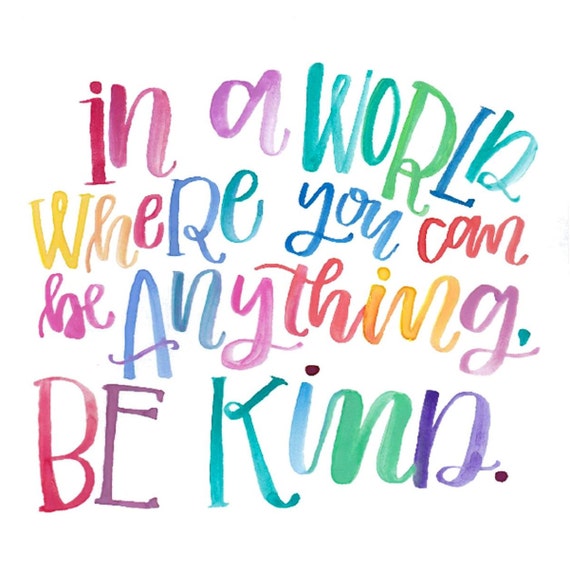

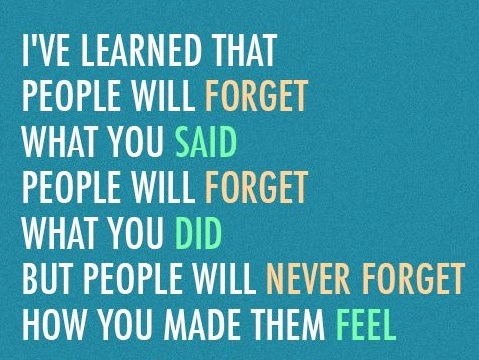
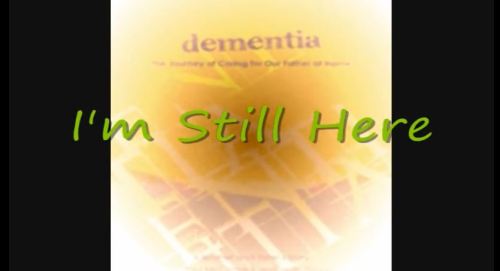



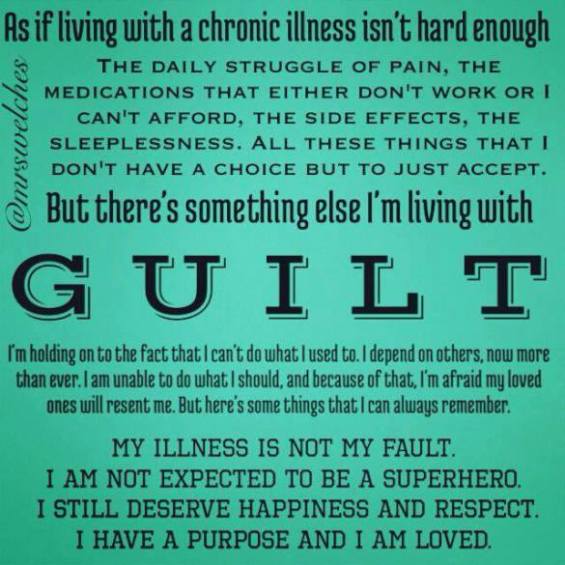


 One stressful event can kill brain cells
One stressful event can kill brain cells 


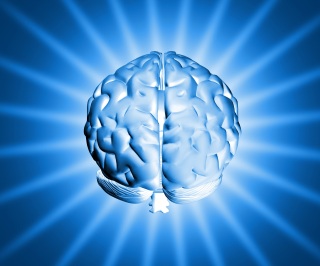


 from 2014 it brought tears and heartache to me. I have read so many stories and episodes that caregivers have shared of how difficult care giving is and it absolutely is. It’s horrendously difficult to watch your loved one suffer and turn into someone unrecognizable. A common comment from spouses of someone with dementia is that “It is so hard to grieve the loss of someone who is still living.” I now see these difficulties from the other side and feel the importance of others understanding this horrible disease from our side as well.
from 2014 it brought tears and heartache to me. I have read so many stories and episodes that caregivers have shared of how difficult care giving is and it absolutely is. It’s horrendously difficult to watch your loved one suffer and turn into someone unrecognizable. A common comment from spouses of someone with dementia is that “It is so hard to grieve the loss of someone who is still living.” I now see these difficulties from the other side and feel the importance of others understanding this horrible disease from our side as well.






 The neurologist in Hammond knew so very little that I won’t go to her any longer. Dr. Shamsnia was hard to handle (I know that’s saying it mildly) when I left, but while he is so arrogant, he IS brilliant. He also now has a 3T MRI machine in his new building. The 3T MRI will give the latest and greatest pictures of what’s going on in my brain (or what isn’t going on!). So I’m hoping he won’t remember who I am and I can have the 3T MRI and get those results without talking to him too much. We’ll see where we go from there!
The neurologist in Hammond knew so very little that I won’t go to her any longer. Dr. Shamsnia was hard to handle (I know that’s saying it mildly) when I left, but while he is so arrogant, he IS brilliant. He also now has a 3T MRI machine in his new building. The 3T MRI will give the latest and greatest pictures of what’s going on in my brain (or what isn’t going on!). So I’m hoping he won’t remember who I am and I can have the 3T MRI and get those results without talking to him too much. We’ll see where we go from there!


 Click on the links below to go there!
Click on the links below to go there!